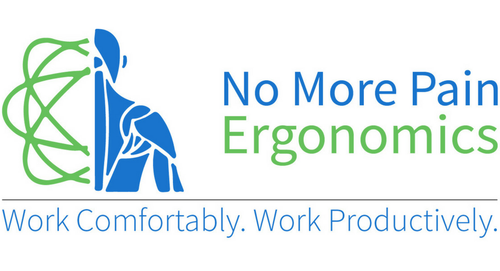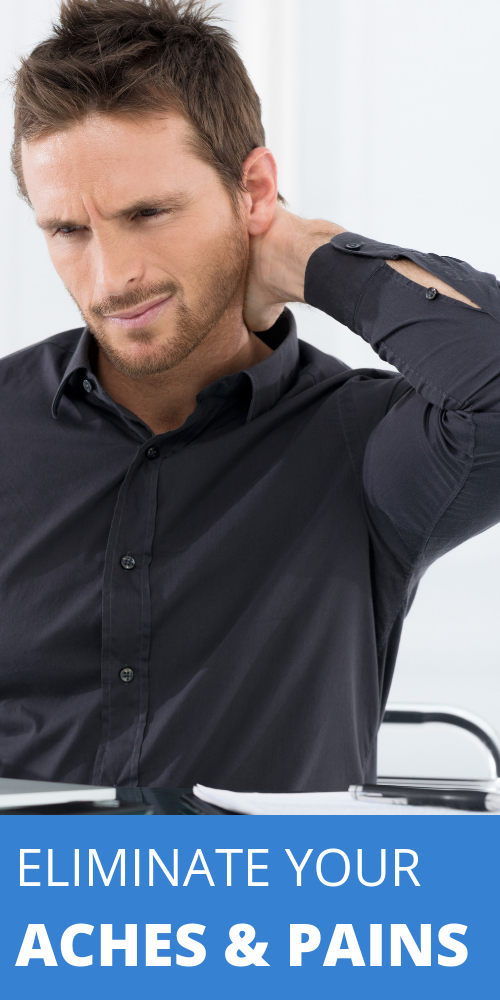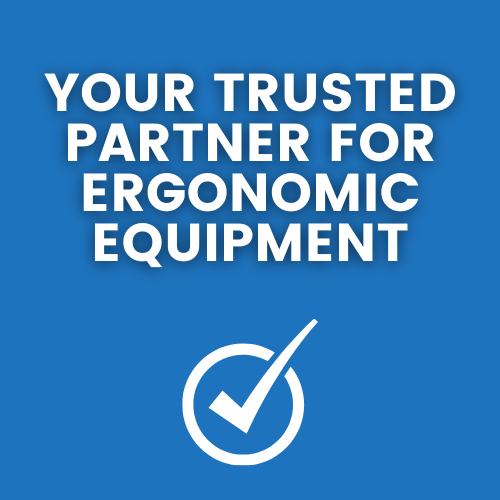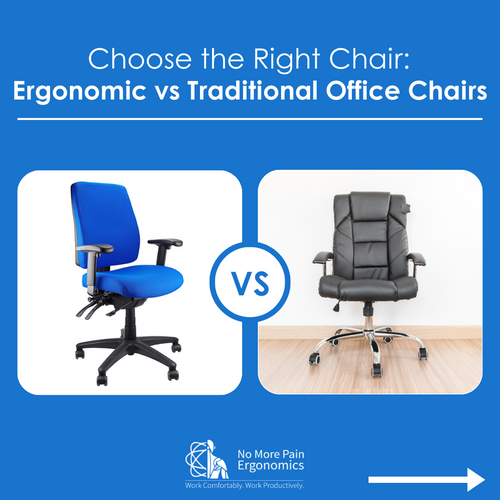Should I use arm rests on my office chair?
This is one of the most asked questions by our customers. It is also still up for discussion within the ergonomic community on whether it is safer and healthier to use arm rests on your office chair or not.
We've found some helpful insights into the factors of arm rests and the pros and cons when considering whether it is the right choice for you below.
A Little History...
Armchairs have been around for hundreds of years, visible in paintings of royalty and elders. They are often seen on the chairs at the head of tables and boardroom executive chairs - becoming somewhat of a status symbol. They have also been used as supports for the elderly and ill who required the extra assistance to sit. It seems to be an element of a chair that has been necessary for users for a long time.
In modern times they are still used as a support for those who require it to easily enter and exit a seat, and shift body weight to the arms when there is pain in the back, pelvis and hips. So how does it work for the office chair, and what considerations need to be made to know you are using them correctly?
pros and cons of office chair armrests
PROS
- support for the back, hips and pelvis while sitting by shifting body weight to the arms
- reduces knee and hip joint muscle forces when rising from the chair
- reduces the static loads on muscles of the neck, back, shoulders and arms
- finger forces are lessened when a user’s arms are supported while keying
- helps to stabilize the body when seated
CONS
- using as a crutch to lean to one side and can cause back, shoulder and neck pain over time
- raised too high - can cause shoulder tension
- raised too low - does not provide the correct body support
- may interfere with being able to push the chair close to the desk while seated, this is necessary to ensure there is no need for forward reaching to complete tasks
FACTORS for armrests
Ensure Your Shoulders are Relaxed:
Sit upright with your arms hanging loosely by your sides.
Degree of Elbow Joint:
Bend your elbows at about a right angle (90 degrees)
Armrest Height:
Armrests should be height adjustable. Adjust the armrest(s) height until they barely touch the undersides of the elbows.
Forearm Support, Not Elbow Support:
The part of the arm that should be lightly placed on the armrest is the forearm, not the elbow. If you are leaning on your elbow on an armrest, your body would be either leaning to one side or leaning forward. The elbow joint also needs to be supported and not have weight directly added to it for a long period of time, hence why a lot of ergonomic chairs have armrests with a gap between the armrest and the back of the chair.
Use Intermittently:
The armrests should be used intermittently and for light support.
WHEN NOT TO USE OFFICE CHAIR ARMRESTS
Bad Habits.
If you notice that your shoulders are hunched, or you are leaning on only one armrest for a long period of time, it is time to change the habits. If you cannot maintain a neutral body position while using armrests, and not using them the way they are intended to be used, it may be worth looking at an alternative to a chair armrest.
Armrests Preventing You From Being Close To The Desk
One of the earliest arguments when relating to the office chair armrest, is that some do not allow you to pull your body in close to the office desk to easily access all of the common peripherals (keyboard, mouse, etc.) without unnecessary reaching forward or reaching outward. This occurs if the armrest is at desk height and hits the desk before you can get close enough to the desk. If this is the case, you may need to seek an alternative to the chair's armrests.
Being Active At Work
Recently there has been a huge shift in ergonomics and encouraging people to move as much as possible while they work. Some would argue that having armrests prevents your body from using core muscles to stabilise the body while you work.
OFFICE CHAIR ARMREST ALTERNATIVES
ergo4arm
Ergonomic Adjustable Forearm Support Delux
No Armrest
Conclusion
The debate stills stands today on whether or not it is more helpful or a hinderance to have armrests on office chairs. If in doubt, always seek advice from a health professional on their assessment of our individual needs to the right solution.
We hope this has given some insight into office chair armrests and some tips on how to use them correctly.
Feel free to reach out to our team for some useful resources and practical information on office ergonomics and how you can prevent aches and pains while you work. Contact us at: info@nomorepainergonomics.com.au.
















← Older Post Newer Post →
0 comments
Get in Touch
Still have a question or simply want to discuss what ergonomic products are best suited? Get in touch, our expert team is available to provide free advice and support.